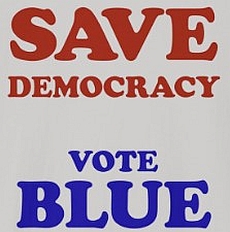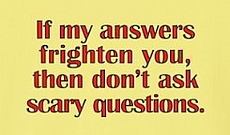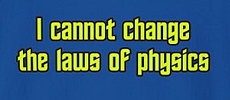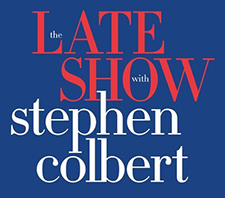James Lee Jamerson (January 29, 1936 - August 2, 1983) was the uncredited bassist on most of Motown Records' hits in the 1960s and early 1970s. He is now regarded, along with fellow Motown bassist and Pittsburgh native Bob Babbitt, as one of the most influential bass players in modern music history. He was inducted into the Rock and Roll Hall of Fame in 2000.
Starting in 1959, Jameson found steady work at Berry Gordy's Hitsville U.S.A. studio, home of the Motown record label. There he became a member of a core of studio musicians who informally called themselves The Funk Brothers. The small, close-knit group performed on most Motown recordings during the 1960s. Jamerson's earliest Motown sessions were performed on double bass, but in the early 1960s he switched to a Fender Precision electric bass
Jamerson, like most of the other Funk Brothers, were jazz musicians who had been recruited by Gordy. For many years, they maintained a typical schedule of recording during the day at Motown's small garage "Studio A" (which they nicknamed "the Snakepit"), then playing gigs in the jazz clubs at night. They also occasionally toured the U.S. with Motown artists. For most of their career, the members of the Funk Brothers went uncredited on Motown singles and albums, and their share of record sales was considerably less than the artists or the label received. Eventually, Motown placed Jamerson on a $1,000 per week retainer.
Jamerson's discography at Motown is a catalog of the major soul hits of the 1960s and 1970s, including "Shotgun" by Junior Walker & the All Stars; "For Once in My Life", "I Was Made To Love Her" by Stevie Wonder; "Going to a Go-Go" by The Miracles; "My Girl" by The Temptations, "Dancing in the Street" by Martha and the Vandellas; "I Heard It Through the Grapevine" by Gladys Knight and the Pips, and later by Marvin Gaye; "Reach Out I'll Be There" and "Bernadette" by the Four Tops; and "You Can't Hurry Love" by The Supremes. According to fellow Funk Brothers in the 2002 documentary Standing in the Shadows of Motown, Gaye was desperate to have Jamerson play on "What's Going On", and went to several bars to find the bassist. When he did, he brought Jamerson to the studio, who then played the classic line while lying flat on his back, a feat prospective Motown bassists had to duplicate if they wanted to join the Funk Brothers.
Some sources claim Jamerson played on roughly 95 per cent of Motown recordings between 1962 and 1968. He eventually performed on nearly 30 number one pop hits— surpassing the record commonly attributed to The Beatles. On the R&B charts, nearly 70 of his performances went to the top. (via Wikipedia).
This YouTube video consists of just the vocal and bass track of the Marvin Gaye/Tammi Terrell hit "Ain't No Mountain High Enough." The complex bass line was improvised by Jamerson during the recording session, and is one of the best examples of the bass countermelodies that helped to give Motown its distinctive sound. The recording isn't the best, but it reveals Jamerson's talent and personality.
From the mid to late 60s, Jamerson split recording duties with native Pittsburgher Bob Babbit, who died on July 16 of this year.
Categories: Bob Babbitt, James Jamerson, Marvin Gaye, Motown, Music, Tammi Terrell, YouTube
![]() Subscribe
[Home]
[Commentwear]
[E-Mail KGB]
Subscribe
[Home]
[Commentwear]
[E-Mail KGB]
Older entries, Archives and Categories Top of page

















